Peru’s first winter Olympian, Roberto Carcelen, called me up recently with the question I dread to hear from professional athletes.
“Hey, what’s your fitness level?”
For the record, my fitness level is pretty decent. Last February I competed in America’s largest cross-country ski race, the 50 kilometer American Birkebeiner, and finished in a respectable, if not blazing, time of 3:44. However, compared to Olympic athletes, I’m essentially just another couch potato.
“Err,” I answered, “I’ve been doing an hour run about three or four times a week.”
“Great!” replied Roberto. “How would you like to hike the Inca trail?”
The question gave me pause. I’ve lived in Lima, Peru for close to ten years and I’ve done just about every tourist activity except the famous Inca trail. However, the prospect of hiking all day long and camping at altitude is not the type of undertaking you should agree to without consideration. From all accounts, the Inca trail is pretty difficult, so I wanted to make sure it’d be worth the trouble.
“What I’m really interested in doing is seeing Choquequirao,” I said.
“Perfect!” Roberto exclaimed. “That’s exactly where we’re going, Inca runners is going to connect the lost cities of Choquequirao and Machu Picchu. We’re using this as a training camp for the cross-country world championships.”
“We?” I asked. Now more than ever I felt I was getting in over my head with this enterprise, but at the same time it seemed like too cool an opportunity to pass up.
“You, me and Martin Koukal, the 2003 World Champion in the 50 Km skate, and bronze medalist at the 2010 Vancouver Olympics.”
I sighed, once again it seemed like fate was playing sinister games with me by presenting me with offers I couldn’t refuse.
“I’m in,” I said.
“Great!” Roberto replied, and just like that the machinery was put in motion.
***
We arrived in Cusco in the midst of the rainiest July anyone could remember. At first Roberto was a little concerned that parts of the Inca trail might be blocked by snow or that the excessive rain might have made a river crossing on day 5 impassible, but Martin wasn’t the slightest bit concerned. I soon found out that along with being a World Champion Cross-country skier, Martin is also an experienced mountaineer having scaled the 8,201 meter Cho Oyu in the Himalayas. If it hadn’t been clear before it was clear then that I was traveling with some pretty heavy hitters.
The rain persisted in our first few days at Cuzco which we spent acclimating by visiting local ruins such as Sacsayhuman, Ollantaytambo, and Pisaq. Soon enough, however, we piled into the car and made our way to Cachora, delighting in the news announcements that continually mentioned the “Olympians running the Inca trail.”
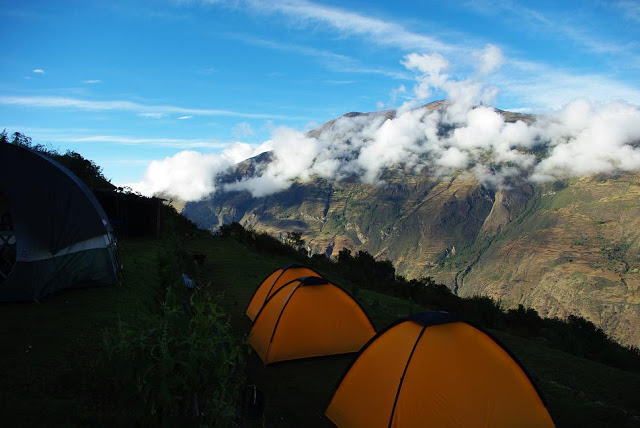
Roberto had done this trip many times before with Inca Runners, and after presenting us with our three porters and their donkeys, we were on our way.
The first day was a pretty grueling 17 mile hike that essentially took us to the gates of Choquequirao. Roberto confided that he normally split the first 17 miles into two days of hiking, but he figured Martin and I could deal with doing the whole thing in one go. I didn’t have any doubts about Martin, but I felt my own chance at survival was disturbingly low. As it turned out, the first 11 miles of the hike wasn’t all that challenging, but the last 6 were off the charts. I stumbled into camp in something like nine and a half hours only to find Roberto and Martin relaxing by the tents. They’d traversed the distance in about half the time it had taken me, an achievement that would repeat itself every day throughout our trek.
Visiting Choquequirao was an absolute joy. The cleared areas of ruins are almost as large and magnificent as Machu Picchu, and it has been suggested that the total number of ruins on the site are actually much greater in size than what can be found in its sister city. We spent the day exploring and taking pictures without hardly seeing another person.
All too soon we were back in the tents, preparing for another few days of hikes. Having learned from my experience on the first day, I took to waking up before my companions and hitting the trail an hour or so early. This afforded me the opportunity to take their picture as they came running past me out on the trail.
If you’ve never witnessed the endurance of an Olympic athlete up close, it’s quite a sight to behold. I would spend my whole morning laboring up a small little rise, only to turn around and catch a glimpse of Martin and Roberto bounding gracefully up the slope. They were always jubilant as they came by me, taking great joy in the exercise they were getting and the base they were laying for the upcoming race season.
The second day of hiking took me eight hours to their four, and the third took me seven to their three and a half. I wasn’t foolish enough to think I was in a competition, and simply meandered along at my own speed stopping frequently to fill up my camera’s memory card with spectacular shots of the astounding vistas.
The last day of hiking was kind of a monster as it took us from Yanama to Totora and crossed the 4,800 meter Yanama pass. The pass especially took its toll on me, and as I stumbled down the road into Totora, I was surprised to see Martin hiking out to meet me.
“How did it go?” he asked.
“Brutal,” I said smiling, “but I made it!”
Footsore and weary I tried to keep up with Martin as he skipped along at an easy pace.
“You know,” he said, “I think you’re a pretty tough guy. Roberto said that if you were on a normal trek, you’d be one of the faster hikers. It’s just that this time you came along with a couple of guys who have been training professionally since they were sixteen.”
“Thanks,” I managed to say, extremely flattered to have earned the praise of the world champ.
After another cold night, we took the bus down to Hydrolico, but we just missed the train to Aguas Calientes, so we finished off our trek with another three hour hike. After a hot shower and a night in a bed at Gringo Bill’s, Martin and I headed up for the obligatory look at Machu Picchu. Again, I left an hour earlier than Martin, but I had just started my ascent to the mountain when I felt a light tap on my shoulder.
“Hi!” Martin smiled as he flew effortlessly by me. I just shook my head and continued on my way.
Machu Picchu is a bit of a zoo compared to the magnificent Choquequirao. Both ruins are spectacular, but there’s something special about being in one of the ancient Inca cities entirely alone. I’m sure that as Choquequirao gets more and more popular, it will soon be bursting at the gates just like Machu Picchu is, but for now it’s a silent gem and a truly magnificent experience.
I got into Machu Picchu in time to watch the sunrise over the ruins, then I took a quick tour and headed back down to Gringo Bill’s. By then I’d had enough walking and I coughed up the $8 for the tour bus. I sat down to breakfast with Roberto at about 11, only to have Martin come trotting in. He didn’t look the slightest bit tired, and proceeded to inform us that he had run from Aguas Calientes to the gates of Machu Picchu in about 40 minutes, trotted up to Intipunku and back in time to get to the gates of Huyana Picchu at about ten to seven. He’d then climbed up to the top of Huyana Picchu in about 25 minutes, and gotten there early enough to have 40 minutes of solitude before the next tourist arrived. Then, he’d come back down making a quick stop at the Temple of the moon before picking a bus to race from the gate to Aguas Calientes (which he beat of course).
Roberto and I couldn’t do anything but shake our heads.
It was only a couple hours later as we were eating our second or third helping of rum chicken served in a pineapple at Indio Feliz that I realized how great a trip it had been.
“We should do this next year,” Martin said with a smile. “This or something crazier.”
I agreed, but I resolved that if I were to do the Inca trail again, I’d make sure I dropped at least 10 kilos.
“All you’ve got to do is beat your time from the previous year,” Roberto said. “You’ll be the most improved of us by far.”
“I think I’m the most improved right now,” I replied. But the prospect of making the Inca trail a yearly event was intriguing. If Roberto and Martin indeed decide to go again a year from now, I’ll definitely be packing up my tent. Hopefully, I’ll see some of you out there as well.
Facebook Comments

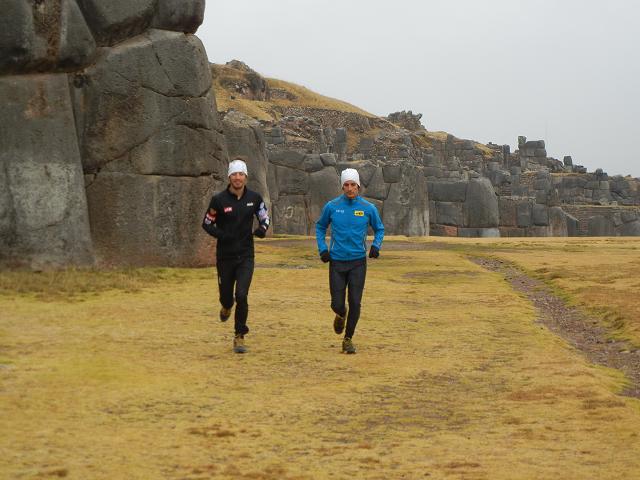




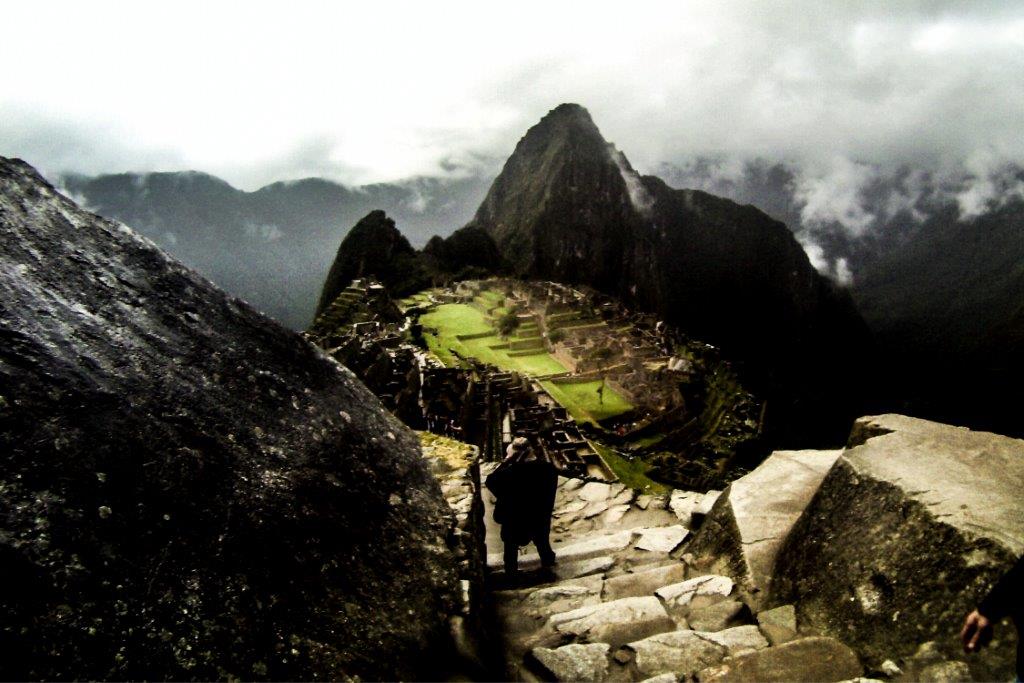
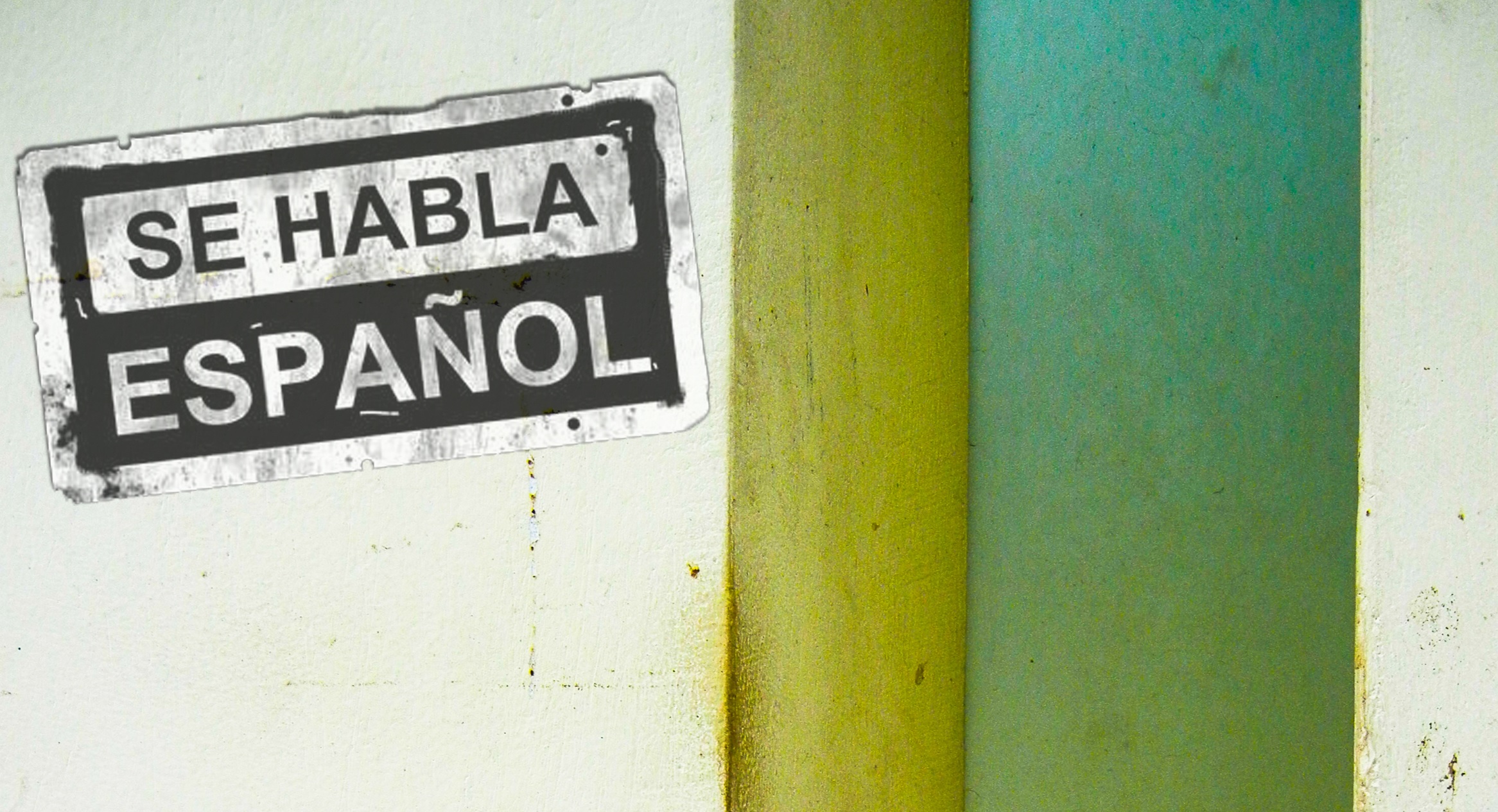

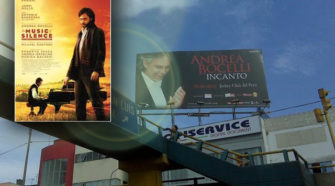
No Comment